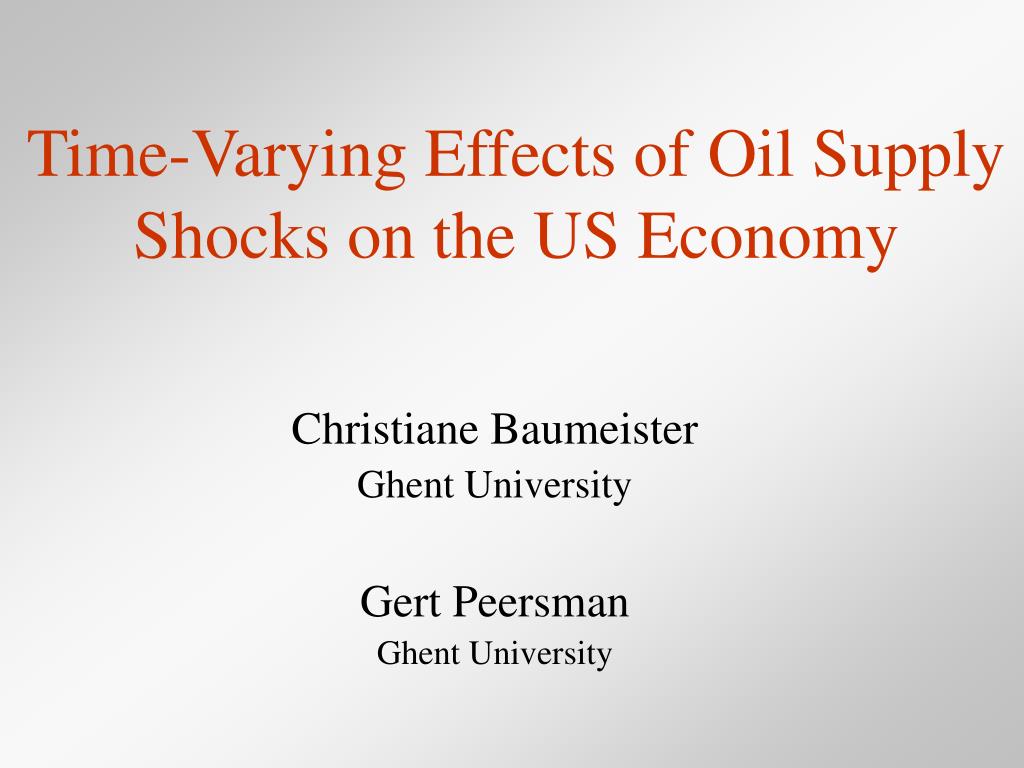Soaring Fuel Costs: The Airline Industry's Response To Oil Supply Shocks

Table of Contents
Fuel Hedging Strategies: Mitigating Risk in a Volatile Market
Fuel hedging is a crucial risk management tool employed by airlines to protect themselves against unpredictable oil price fluctuations. It involves using financial instruments to lock in future fuel prices at a predetermined rate, thereby reducing the impact of soaring fuel costs. This allows airlines to better predict their expenses and maintain financial stability.
- Different Hedging Instruments:
- Futures Contracts: Agreements to buy or sell a specific quantity of fuel at a future date at a pre-agreed price. These offer price certainty but require significant capital commitment.
- Options Contracts: Give the airline the right, but not the obligation, to buy or sell fuel at a specific price on or before a certain date. This provides flexibility but at a higher cost than futures contracts.
- Swaps: Agreements to exchange cash flows based on the difference between a fixed and a floating fuel price. These can help manage exposure to price volatility over a longer period.
The effectiveness of hedging strategies varies depending on market conditions and the sophistication of the airline's risk management approach. Some airlines have successfully mitigated the impact of oil price spikes through well-timed hedging, while others have experienced losses due to inaccurate market predictions or poorly structured hedges. Careful analysis of market trends and a diversified hedging portfolio are essential for success in navigating the complexities of aviation fuel hedging.
Operational Efficiency and Fuel Conservation Measures
Airlines are aggressively pursuing operational efficiency and fuel conservation measures to reduce their reliance on fluctuating fuel prices. These initiatives focus on both technological advancements and operational changes.
-
Technological Advancements:
- Lighter Aircraft: Using advanced materials and designs to reduce aircraft weight, leading to lower fuel consumption.
- Aerodynamic Improvements: Optimizing aircraft design to minimize air resistance and improve fuel efficiency.
- Improved Flight Planning Software: Utilizing sophisticated algorithms to optimize flight routes and minimize fuel burn.
-
Operational Changes:
- Optimized Flight Speeds: Adjusting cruising altitudes and speeds to maximize fuel efficiency based on wind conditions and other factors.
- Reduced Taxiing Time: Implementing efficient ground operations to minimize fuel consumption during taxiing.
- Weight Management: Precisely managing aircraft weight by optimizing cargo loading and minimizing unnecessary onboard items.
Efficient air traffic management also plays a significant role in reducing fuel burn through optimized flight paths and reduced delays. Furthermore, comprehensive employee training programs focused on fuel-efficient practices are crucial for maximizing the impact of these initiatives.
Passing on Costs to Consumers: The Impact on Airfares
The relationship between fuel prices and airfares is undeniable. Soaring fuel costs directly impact an airline's operational expenses, and this increase is often passed on to consumers through higher ticket prices.
- Airline Pricing Strategies:
- Dynamic Pricing Models: Airlines use sophisticated algorithms to adjust ticket prices in real-time based on factors including fuel costs, demand, and competition.
- Ancillary Revenue Generation: Airlines increasingly rely on ancillary revenue streams, such as baggage fees, seat selection fees, and onboard purchases, to offset increased fuel costs and maintain profitability. This impacts different travel classes differently, with budget travelers often bearing a disproportionate share of these extra costs.
The consumer response to higher airfares is complex. While some travelers may be willing to absorb increased costs, others may reduce their travel frequency or choose alternative modes of transportation, leading to potential reductions in passenger demand.
Exploring Alternative Fuels and Sustainable Aviation
The airline industry is actively exploring alternative fuels and sustainable aviation practices to reduce its carbon footprint and mitigate its dependence on fossil fuels. Sustainable aviation fuels (SAFs) are a key area of focus.
- Sustainable Aviation Fuels (SAFs):
- Biofuels: Fuels derived from renewable biomass sources, such as used cooking oil and agricultural residues.
- Synthetic Fuels: Fuels produced from sustainable sources using chemical processes, potentially offering a carbon-neutral or even carbon-negative solution.
The production and availability of SAFs currently face significant challenges, including high production costs and limited scalability. However, government incentives and regulations are playing an increasingly important role in promoting the development and adoption of SAFs. The long-term potential of electric and hydrogen-powered aircraft also represents a significant shift towards a more sustainable future for aviation.
Conclusion
The impact of soaring fuel costs on the airline industry is undeniable. Airlines are employing a multifaceted approach to navigate this challenge, ranging from sophisticated hedging strategies and operational efficiency improvements to passing on some costs to consumers and investing in alternative fuels. While the short-term outlook remains uncertain, the industry's commitment to innovation and sustainability points towards a more resilient and environmentally conscious future. Successfully managing soaring fuel costs is crucial for the long-term viability of the aviation sector. To stay informed on the latest developments in fuel price management and the airline industry, continue to follow our updates on soaring fuel costs and their impact.

Featured Posts
-
 Blay Styshn 6 Afdl Myzat W Imkanyat Aljyl Alqadm
May 03, 2025
Blay Styshn 6 Afdl Myzat W Imkanyat Aljyl Alqadm
May 03, 2025 -
 Is The Buy Canadian Trend Fading Loblaws Ceo Weighs In
May 03, 2025
Is The Buy Canadian Trend Fading Loblaws Ceo Weighs In
May 03, 2025 -
 Winning Numbers Lotto And Lotto Plus Saturday April 12 2025
May 03, 2025
Winning Numbers Lotto And Lotto Plus Saturday April 12 2025
May 03, 2025 -
 Graeme Souness On Manchester Uniteds Transfer Mistakes
May 03, 2025
Graeme Souness On Manchester Uniteds Transfer Mistakes
May 03, 2025 -
 Edinburgh Fringe 2025 Pussy Riots Maria Alyokhina Stages New Play
May 03, 2025
Edinburgh Fringe 2025 Pussy Riots Maria Alyokhina Stages New Play
May 03, 2025
